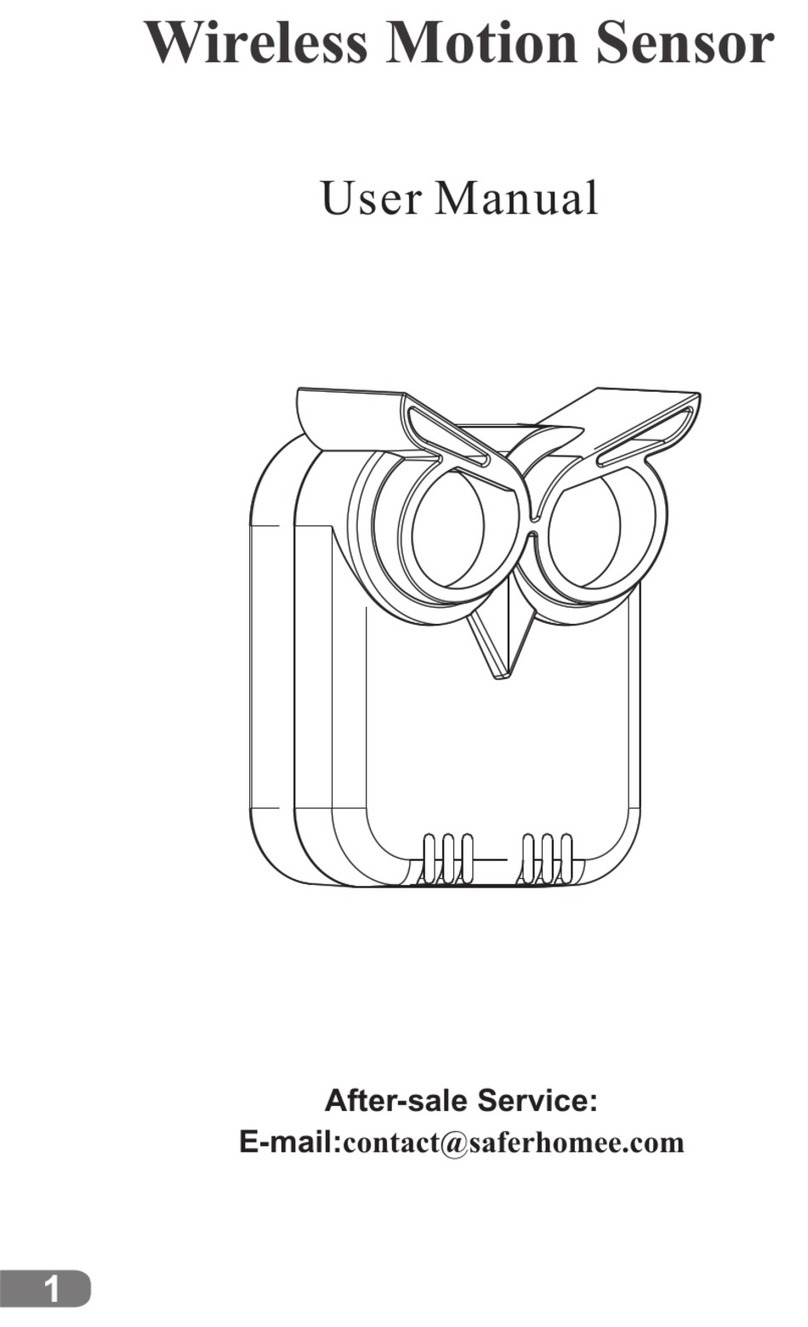
transmission distance.
Other
Other
Other
Other Important
Important
Important
Important Precautions
Precautions
Precautions
Precautions
①Before installation, remove the plastic
film on
the solar panel of the light wall.
②Never install this light
wall
near door access systems, passages, areas prone to
trigger
an
alarm, or areas which could trigger
an
alarm more than 50 times per 24
hours.
③This product
is
a solar-powered wireless product, so
it
shall
not be installed, tested
or operated indoors or in any dark place with a sunlight intensity
of
less than 2200lux.
④This product can trigger an alarm less than 50 times when this product
is
tested
under normal sunlight conditions. Never try to test maximum alarm times indoors,
otherwise,
it
may cause batteries subject to low voltage problem, which may impede
normal operation of this product, and even cause damage to this product.
⑤Before first operating this product, please follow the technical guide provided by
the supplier.
Special Statement: Any loss resulting from failure or damage caused
by
improper use
or failure to observe precautions or instruction manual shall be borne
by
users.
4
4
4
4、Operating
Operating
Operating
Operating Phenomena
Phenomena
Phenomena
Phenomena
①Short press the ON/OFF button at the rear of the transmitting terminal <F>
and the receiving terminal <S> N times (N=3-10 ), and after about 3 seconds, there are
3-8 beeps respectively from the transmitting terminal<F> and the receiving terminal
<S> of the multi-beamlight wall, and at the same time, the indicator lamp of the
multi-beam light
wall
will
flash 3 times, which signifies the
multi-beam light
wall
is
normally powered on.When the
“
ON/OFF
”
key
is
pressed,
it
means the light
wall
is
turned
on
if
there
is
a“Beep ” sound prompt.
②Once normal prompt
is
given out at start-up, the indicator lamp at the
transmitting terminal <F>
is
continuously
on
for 30 seconds and then goes out, and
the receiving terminal <S>
will
light
up
for a long time. Keep the transmitting
terminal <F> aligned with the receiving terminal <S>.
If
the indicator lamp at the
receiving terminal <S> flashes for 30 seconds and then goes out,
it
signifies the
multi-beam light
wall
is
normally operating.
③After the indicator lamp at the receiving terminal <S> normally goes out,
Block up three infrared holes
of
the light
wall
with thick materials ,
let
the receiving
terminal <S>transmit wireless alarm signals, the indicator lamp at the receiving
terminal
will
light
up
for about 5 seconds, and then the indicator lamp at the receiving
terminal
will
flash for 30 seconds, which signifies the multi-beam light
wall
is
operating again. Repeat the above-mentioned steps.
④Press the ON/OFF button at the rear of the transmitting terminal <F> and the
receiving terminal <S> N times(N=3-10), and after about 3 seconds, there are long
beeps lasting for about 10 seconds respectively from the transmitting terminal<F> and
the receiving terminal <S>of the multi-beam light wall, and at the same time, the
indicator lamps at the transmitting terminal <F> and the receiving terminal <S>will
light up, and later beeps stop and indicator lamps go out, which signifies the


























